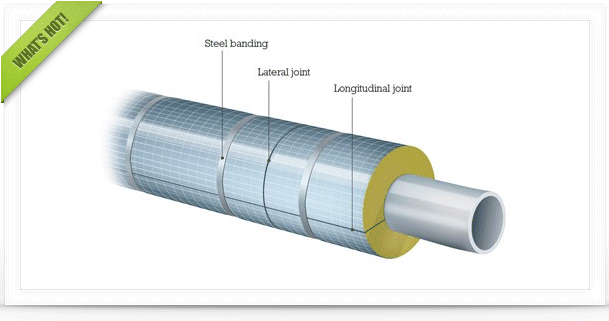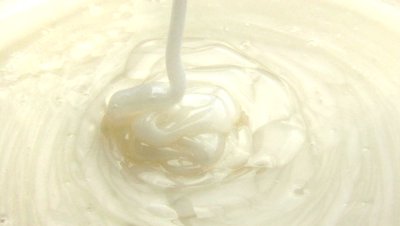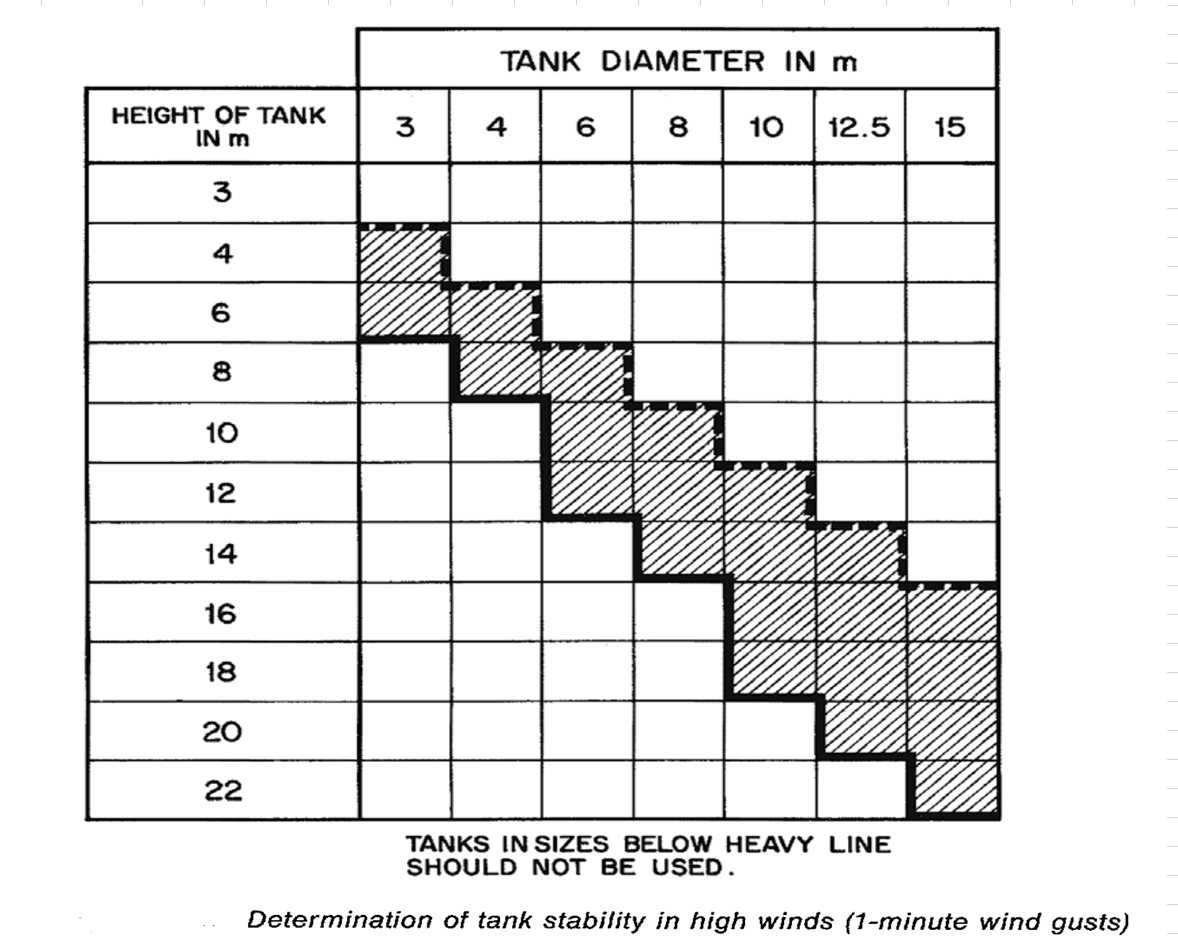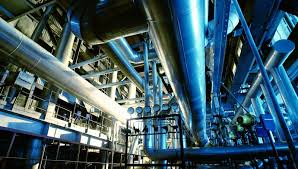|
|
Positive Displacement Compressor
#1

Posted 23 June 2008 - 03:32 AM
as we know the characteristics curve (Q flow rate vs H head) for centrifugal compressor,is it anything like that for positive displacement compressor curve (Q flow rate vs H head) ..
if it so available for positive displacment compressor also then how it looks..can anyone explain this in detail,so i grateful to you..
#2

Posted 23 June 2008 - 06:44 AM
There is no Performance Curve associated with reciprocating compressors that is generated by manufacturers. You may, of course, construct one but it would be an almost vertical line when plotted with the abscissa being the capacity and the ordinate being the total developed head.
I've never seen a curve for a screw compressor either.
A positive displacement machine is just that: it acts as a virtual metering device, passing on a metered amount of fluid with each repetitive action. Of course, with wear and tear there will be increased leakage. However, this is never a subject to track or to trend. When it starts to be a problem, you cure the problem by maintenacne or repair. In the case of a reciprocating compressor, you change out the piston rings or re-machine the cylinder liner. In the case of a screw compressor you have a more difficult and expensive problem. Do you feel you have a need for a Performance Curve?
#3

Posted 23 June 2008 - 11:29 PM
Attached Files
#4

Posted 24 June 2008 - 01:19 AM
good input, valuable one, thanks
raghav
#5

Posted 24 June 2008 - 05:57 AM
In the case of centrifugal compressors, the characteristics curve contains two section of curves - flat curve where compressor produces almost constant head and diffrent flow rate, and steep section where the compressor head curve changes drastically with flow rate..
I want to know "how the flowrate of the fluid changes with head?" as per the characteristic curve..
I expect Mr. Art will resolve my queries, so i grateful to all who reply for this..
#6

Posted 25 June 2008 - 08:25 PM
if it so available for positive displacment compressor also then how it looks.
i want to know "how the flowrate of the fluid changes with head?" as per the characteristic curve.
rame,
I don't know what you're looking for here. Mr. Montemayor did answer your question when he stated that the characteristic curve would be very nearly a vertical line. devilchicken then went on to illustrate this with his very general curve shapes plot, showing a PD Compressor curve was nearly a vertical line. So, trying once more to answer your question, the flowrate is not very much impacted by changes in the head.
#7

Posted 21 April 2010 - 11:55 PM
A PD compressor, in case of a reciprocating compressor, the volume is "fixed". The discharge pressure is regulated by down stream pressure. The flow curve is a vertical line for P vs Q with P on the y axis. So how do we adjust flow, normally by loading the compressor suction valves/ clearance pocket, we can go from 0-50-90-100%(It differs for system to system). This hopefully ought to bring up another question from your side. What about in between these values. There are spill back control values for this. These are set to maintain inter stage pressure.
Hope I have not confused you too much. Please feel free to get back, if you need more clarification.
#8

Posted 29 April 2010 - 03:20 PM
In several cases reciprocating compressors operate intermittently (at full capacity when operating), discharging into an air chamber through a check valve. Distribution line starts from this chamber, the pressure of which vary between set pressures P1 & P2 (P1>P2). The compressor automatically stops when pressure = P1 and automatically starts again, when pressure = P2. So the supply pressure varies between P1 & P2, which may not annoy e.g. for plant or instrument air. And by increasing the air chamber volume (V), difference between P1 & P2 can be less and less.A PD compressor, in case of a reciprocating compressor, the volume is "fixed". The discharge pressure is regulated by down stream pressure. The flow curve is a vertical line for P vs Q with P on the y axis. So how do we adjust flow, normally by loading the compressor suction valves/ clearance pocket, we can go from 0-50-90-100%(It differs for system to system). This hopefully ought to bring up another question from your side. What about in between these values. There are spill back control values for this. These are set to maintain inter stage pressure.
Contrary to centrifugal compressors, a reciprocating compressor is usually installed with a standby spare.
Edited by kkala, 29 April 2010 - 03:22 PM.
Similar Topics
Lowering Energy Consumption Of A Gas CompressorStarted by Guest_zbrna_* , 22 Dec 2025 |
|

|
||
Purge Gas For Centrifugal CompressorStarted by Guest_Lyne_* , 19 Oct 2025 |
|

|
||
Igv Control For CompressorStarted by Guest_Lyne_* , 30 Aug 2025 |
|

|
||
Centrifugal Compressor Performance Curves In Aspen HysesStarted by Guest_Rafcio_* , 14 Mar 2024 |
|

|
||
Centrifugal Compressor TroubleshootingStarted by Guest_sggifrance@gmail.com_* , 14 Sep 2025 |
|

|

 FB
FB












